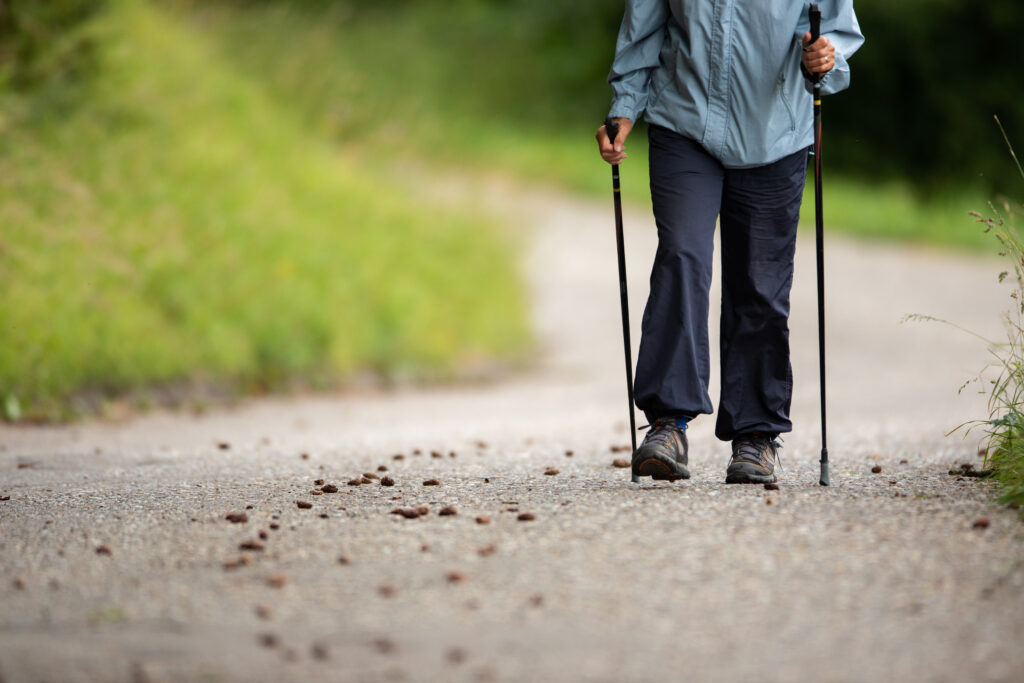Physical Therapy Helps Parkinson’s Disease

Parkinson’s disease (PD) is a progressive neurological disorder that affects movement, balance, posture, and coordination. It can also cause non-motor symptoms such as pain, fatigue, mood changes, and cognitive impairment. While there is no cure for PD, there are treatments that can help manage the symptoms and improve the quality of life of people living with PD. Physical therapy is one of these treatments that helps Parkinson’s disease.
PT can help restore or maintain physical function, mobility, and independence because physical therapists are trained professionals who can assess, diagnose, and treat movement problems related to PD. They can also provide education, advice, and support to people with PD and their caregivers.
How Physical Therapy Helps Parkinson’s Disease
Physical therapy helps Parkinson’s disease in many ways, such as:
Improving muscle strength and endurance
Both age and PD can weaken and decondition muscles. A physical therapist will prescribe exercises using light weights or resistance bands to improve strength. Because, more strength helps with balance and mobility.
Physical therapy helps Enhance amplitude of movement in Parkinson’s
PD can cause people to reduce the size and speed of movements. So, it can affect walking, speech, facial expressions, and gestures. Physical therapy can help increase the amplitude of movement by teaching overexaggerated physical movements, such as high steps and arm swings. This is a way to retrain the muscles and brain to compensate for the reduced movement that Parkinson’s can cause, and the LSVT BIG program is a specific set of exercises and activities that has been shown to improve mobility and quality of life.
Reinforcing reciprocal patterns
Reciprocal movements are side-to-side and left-to-right patterns, such as swinging your arms while taking steps as you walk. PD can affect these patterns, which makes walking slow and unstable. Physical therapy can help to reinforce reciprocal patterns by using machines like a recumbent bicycle or elliptical machine. Practicing walking with arm swings is another activity that can help restore reciprocal movements. This can improve coordination, rhythm, and fluidity of movement for people with Parkinson’s. Dance and Tai chi are other activities that involve reciprocal patterns.
Physical Therapy Improves balance and posture for Parkinson’s
PD commonly impairs balance. Your brain uses a complex mix of what you see, your inner ear, and sensations from your feet and joints to maintain balance. Physical therapy can help to improve balance using exercises that challenge stability, such as standing on one leg or walking on uneven surfaces. PT will also focus on specific components of the balance system by doing things like having a person close their eyes to focus on the sensations from the feet and joints. Physical therapy can also improve posture by correcting any muscle tightness or weakness that may cause stooping or learning sideways.
Increasing flexibility and range of motion
PD also often causes muscle stiffness and rigidity. Physical therapy can help increase flexibility and range of motion with stretching exercises that target specific muscles. Common areas of issue are the hip flexors, hamstrings, and calves. Stretching regularly can also help to reduce pain and spasm.
Providing education and self-management advice
Physical therapy can help people learn more about PD and how it affects their movement. A physical therapist can provide tips on how to maintain safety when exercising, how to cope with fatigue or pain, how to use assistive devices if needed, and how to prevent or manage complications such as falls or freezing.
Sounds Great. Is There Proof?
Yes! Research backs up all these claims. One meta-study (a study that combines the results of many other studies) that covered 1827 participants found that when compared to no intervention, PT significantly improved:
- Gait speed and two-minute and six-minute walk test scores
- Freezing of Gait questionnaire
- The Timed Up & Go test
- Functional Reach Test
- The Berg Balance Scale

These results indicate improvements in mobility, endurance, strength, and balance. Gait speed is an especially important measurement. Physical therapists often consider gait speed a “vital sign.” This is because low gait speed has been linked to:
- Declines in functional mobility and increased disability
- Higher rates of hospitalization
- Higher fall rates
- Cognitive decline
- Higher risk of death
A larger meta study that included 191 studies with 7998 participants found that PT significantly improved motor symptoms, gait, and quality of life. Specifically:
- Resistance and treadmill training improved gait.
- Strategy training improved balance and gait.
- Dance, Nordic walking, balance and gait training, and martial arts improved motor symptoms, balance, and gait.
In conclusion, physical therapy is a valuable treatment option for people with PD, as it can help to improve or maintain their physical function, mobility, and independence. Physical therapy can also enhance their quality of life, confidence, and well-being. If you have PD or know someone who does, consult with a physical therapist who specializes in PD to see how they can help you.
References
- Physical Therapy for Parkinson’s Disease – Johns Hopkins Medicine. https://www.hopkinsmedicine.org/health/conditions-and-diseases/physical-therapy-for-parkinsons-disease.
- Physical Therapy and PD | Parkinson’s Foundation. https://www.parkinson.org/library/fact-sheets/physical-therapy.
- Physical and Occupational Therapy for Parkinson’s: What to Expect. https://bing.com/search?q=physical+therapy+for+parkinson%27s+disease.
- Parkinson’s Disease Treatment Physical Therapy. https://www.parkinsonsdaily.com/parkinsons-disease-treatment-physical-therapy/.
- Physical, Occupational & Speech Therapies | Parkinson’s Foundation. https://www.parkinson.org/living-with-parkinsons/treatment/physical-occupational-speech-therapies.
- Physiotherapy in Parkinson’s Disease: A Meta-Analysis of Present Treatment Modalities – https://pubmed.ncbi.nlm.nih.gov/32917125/
- Physiotherapy versus placebo or no intervention in Parkinson’s disease – https://pubmed.ncbi.nlm.nih.gov/24018704/
